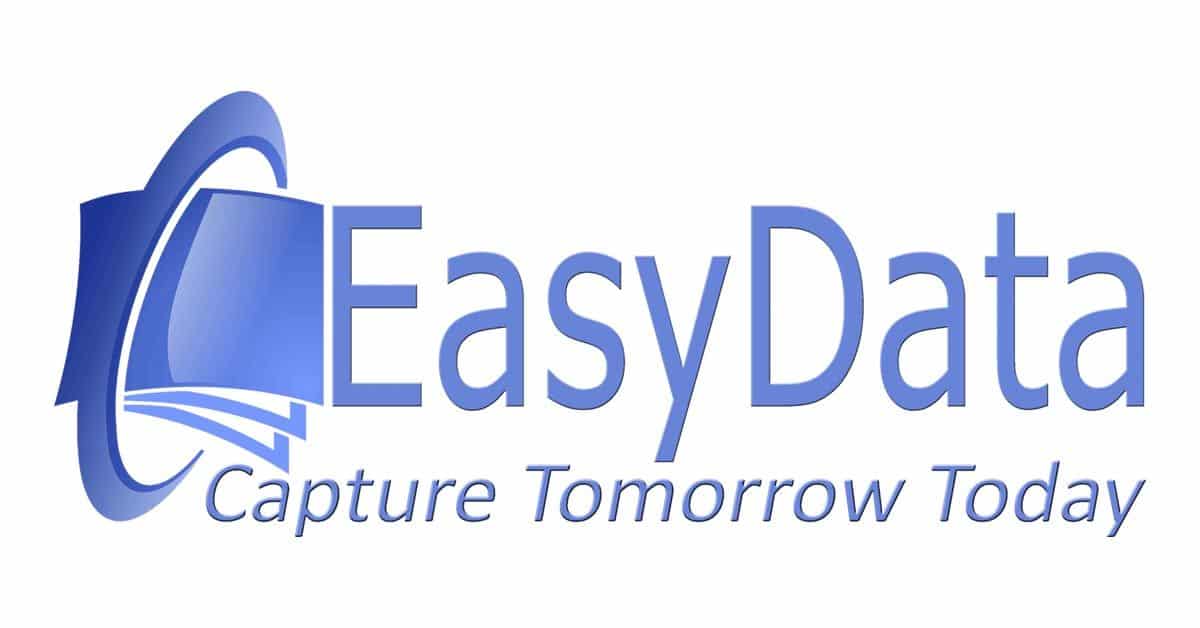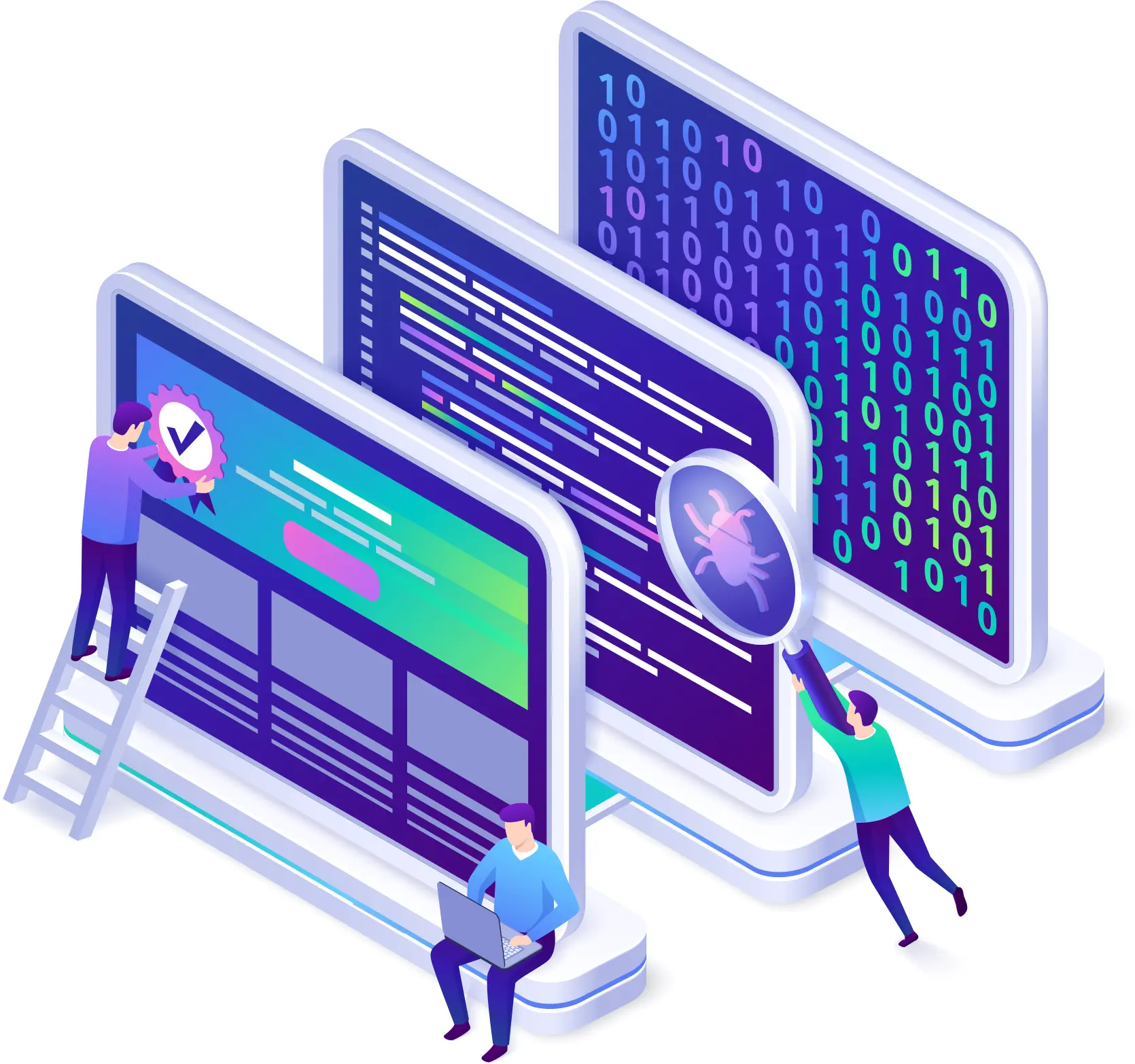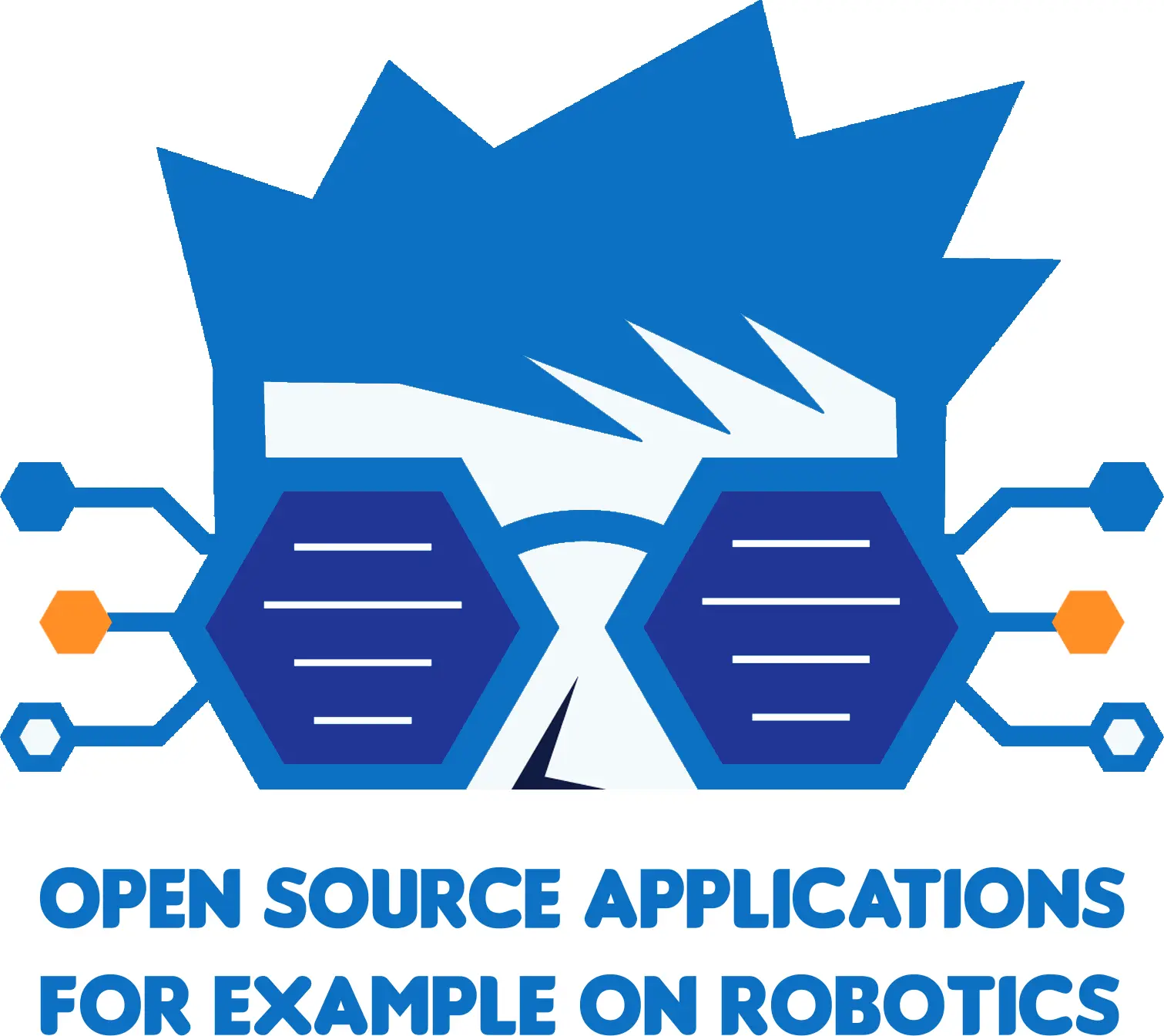What are the benefits of Open-Source Software?
Open Source software
Open Source software is not free; like any other technical development, it requires effort to achieve results. In the case of Open Source software, the creator believes in making a useful contribution for others. Therefore, the software product is made open for others to use and improve further.
At the same time, you see that Open Source software sometimes has an “Open” version available to everyone and a paid version with additional features. Grafana web dashboarding tool is a good example of this
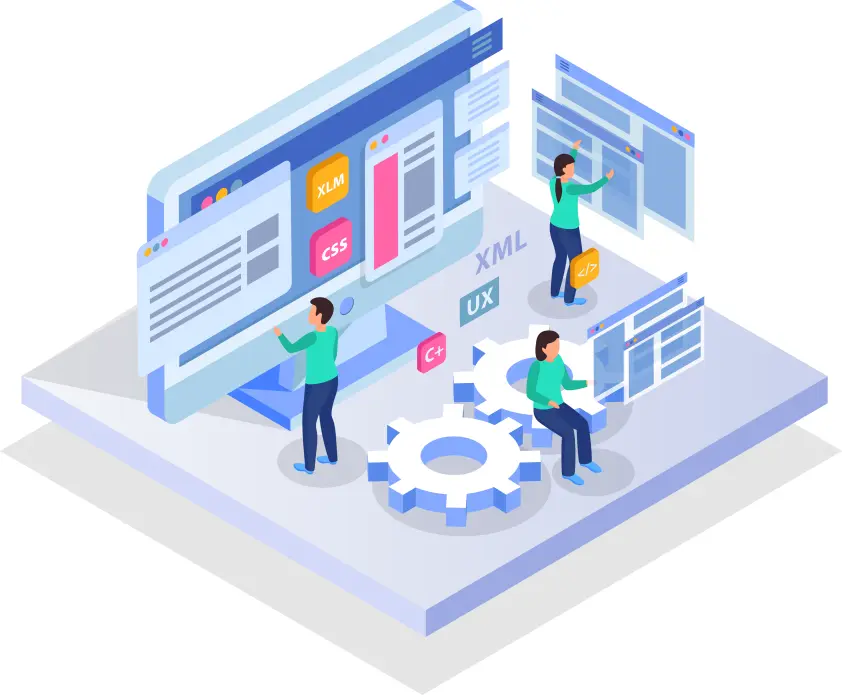

Open source has been around for a while
EasyData’s first encounter with Open Source software was in 1999, when we discovered ‘OpenCV.’ OpenCV stands for ‘Open Source Computer Vision Library.’ As the name suggests, it is an open-source library of programming tools and algorithms for computer vision technology. And that is precisely the field that EasyData excels in. This project was started in 1999 by Gary Bradski at Intel and has been developed ever since within the Open Source software community.
Open-source software and computer vision
The original goal of OpenCV was to provide a common infrastructure for computer vision applications. This Computer Vision platform gives developers a powerful set of tools for processing images and videos. OpenCV has since grown into a widely used programming toolbox in academic, industrial, and research institutions. Due to its extensive functionality, Open Source licensing mode and the quality of the Open Source product, OpenCV still sets the standard.
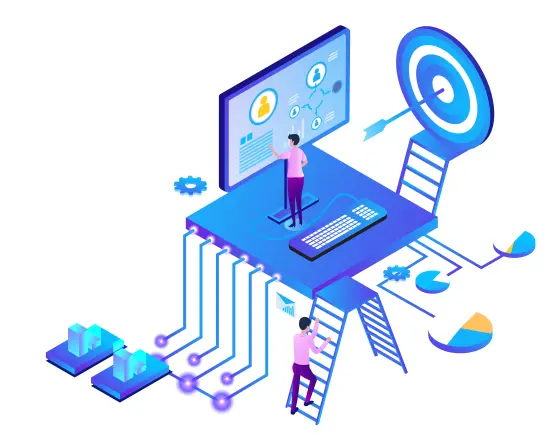
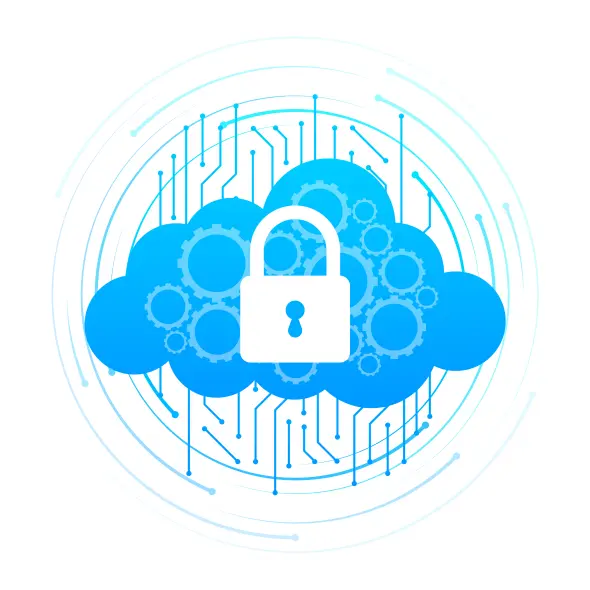
Open-source software and cloud storage
Another example of open-source software solution becoming a great success, is when the software is made available in the cloud for a certain fee. NextCloud is a good example of this. EasyData does not use NextCloud services directly; instead, we have our own NextCloud server in our secure data centre, compliant with CIS standards, to name a few.
Open Source and Data Science
We continue to develop with use of NextCloud to securely provide Data Science solutions to our clients without any hussle. These Data Science solutions are also often based on Open Source technology. For example, Google was one of the first ‘Big Tech’ companies with Tensorflow, a network focused on Machine Learning. Meanwhile, you see that Google seems to have been pushed aside by Meta’s PyTorch, you know, that’s the company behind Facebook.
PyTorch is open-source as well and engages us as data scientists who thrive on practical solutions. That is your profit as a client. We stay up-to-date with technical developments thanks to our interest and connection to the market. We then offer the best knowledge, skills and tech we have wrapped into a model tailored to your business needs.
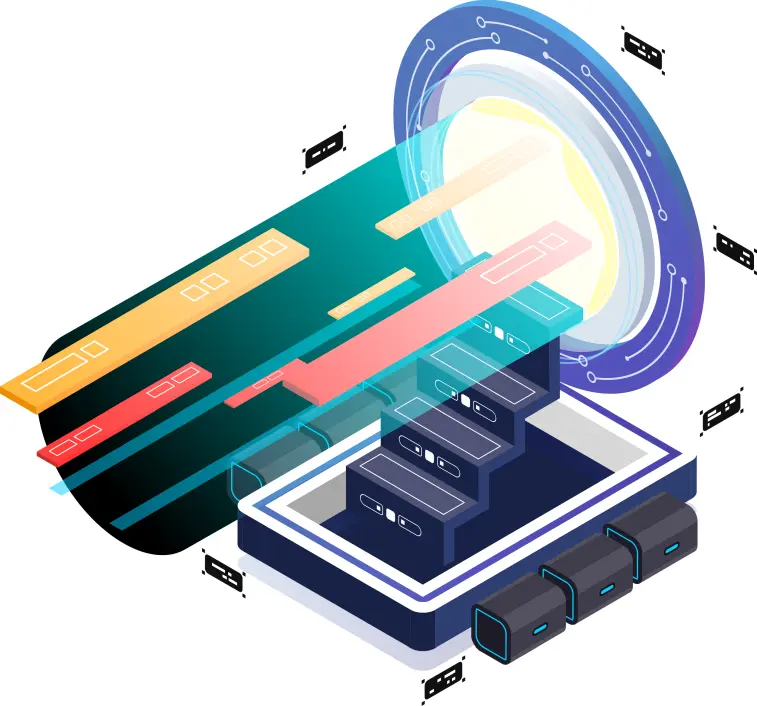
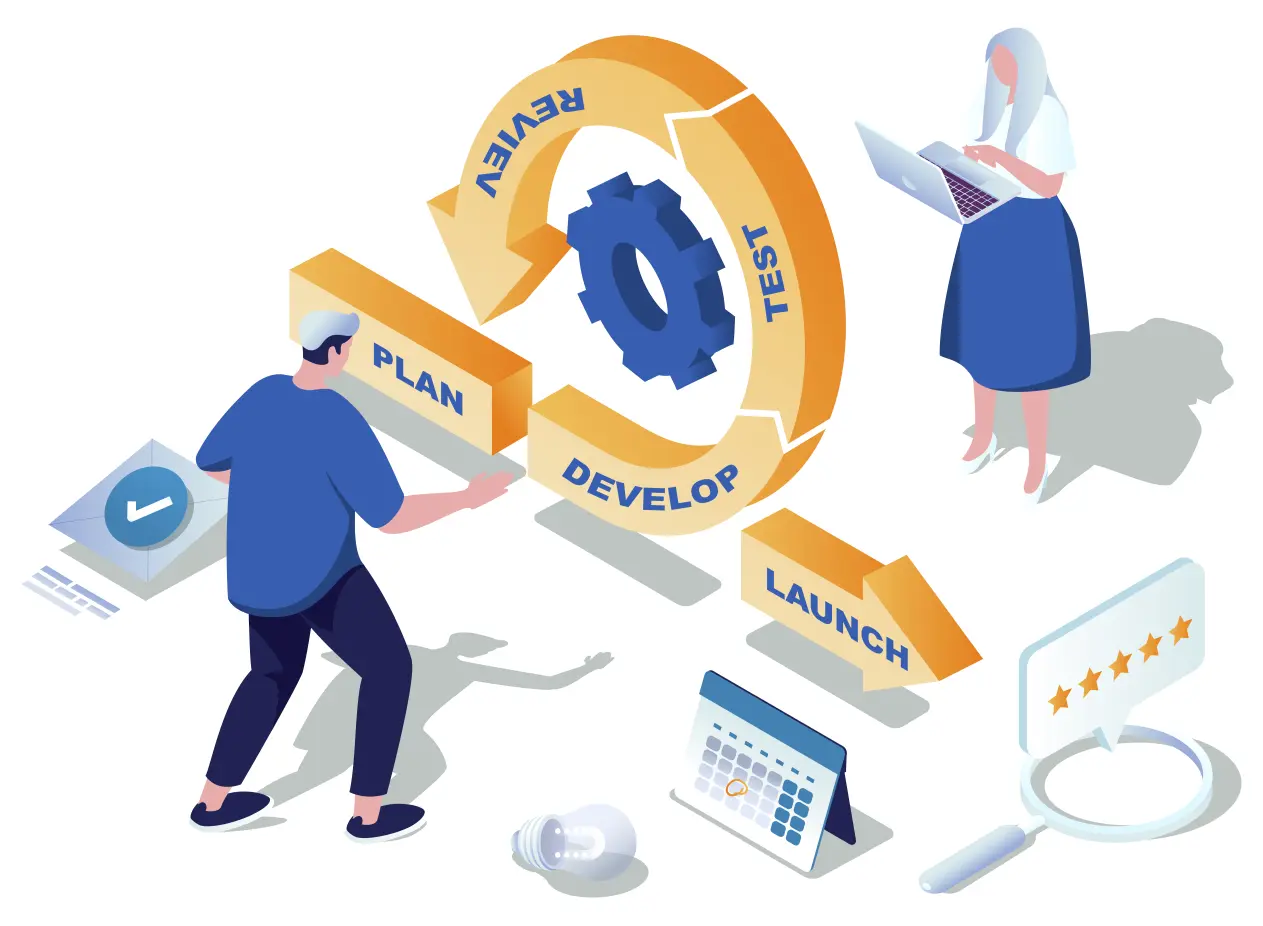
Reason to choose Open Source
(Free doesn’t exist)
First, you can download the software for free. However, that’s where ‘free’ ends. Like any other (software) product, installation and implementation can require a considerable effort. It’s not that often that partners ask us to provide a simple setup with basic working functionality. In other words, just like any other software product, you need to put in the effort to benefit from the Open Source software.
You can read the source code
Transparency is especially important in Open Source software, where the source code can be accessed by anyone with the right knowledge. The question is whether that is of any use to you. That’s always a consideration EasyData makes as a development company. Our Senior Engineers sometimes need weeks to figure out a specific Open Source software algorithm. When you sum up all that effort, it might be more efficient to build that particular algorithm from scratch ourselves. We do this occasionally, balancing Open Source software with our existing expertise.
Except for ML & AI, which Big Tech places in the Open Source. The fact that the efforts of many specialized developers are available in public source code means a significant advantage for EasyData developers over others. We naturally take advantage of the freedom to adapt the software to the specific needs of our clients.
Another advantage of public source code is that security experts can review the code for vulnerabilities. When multiple developers, each with a different perspective, examine the source code, the chances of discovering and fixing security issues are much higher.
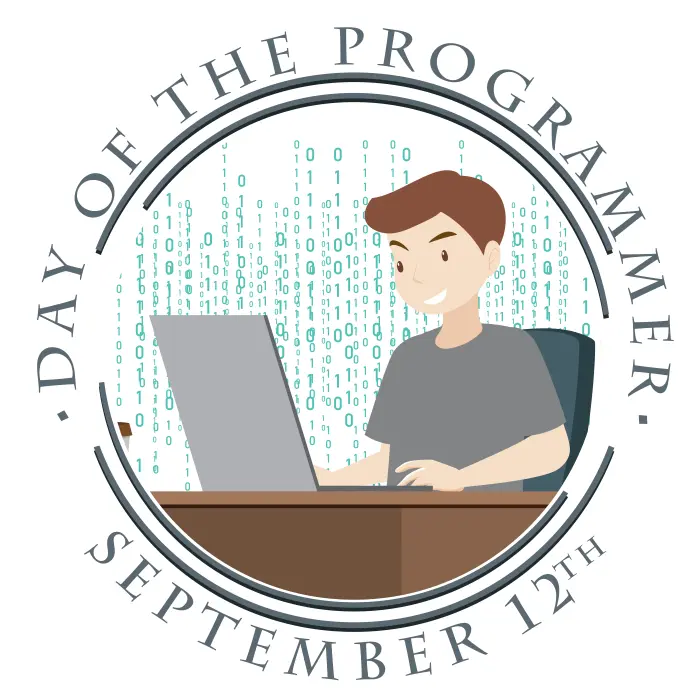
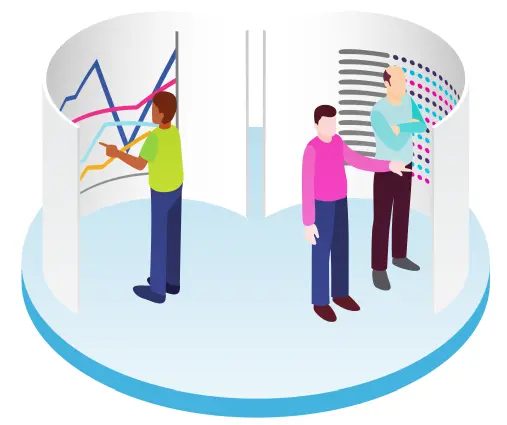
The Open Source community
At your request, we can introduce you to the fascinating world of passionate software engineers. Such an Open Source community often revolves around very specific technologies. The Open Source community shares data, knowledge and support among themselves to help each other move forward. Thus, it may happen that an Engineer from PWC EasyData makes a suggestion to arrive at a suitable solution, and vice versa. EasyData also contributes to the Open Source software community when an Engineer comes with a question, and we can think of an answer or contribution.
Independence is paramount
When you rely heavily on technology or products from a single supplier, you become vulnerable. For some companies, this is a strategic choice that we do not value. EasyData is a Microsoft Technology Partner, and we use Microsoft Office, Teams, and other products. There is always a balance between cost and convenience, and each organization makes its own decisions. At the same time, we note that using open-source products can reduce dependency on specific suppliers.
Open Source software gives organizations the freedom of choice. What services and support do you need? Where do you get these services or applications from? This is a question that each organization will answer based on its own requirements and preferences. By adopting a less vendor-dependent software approach, organizations striving for independence can create a wide range of software solutions. In 2024, these solutions are generally easier tied together via Open Source. For example, consider middleware solutions like RabbitMQ or commercial integration models such as our own EasyData Business Connector. The advantage of these systems is that you have the freedom to choose where your software solutions or cloud services come from.

